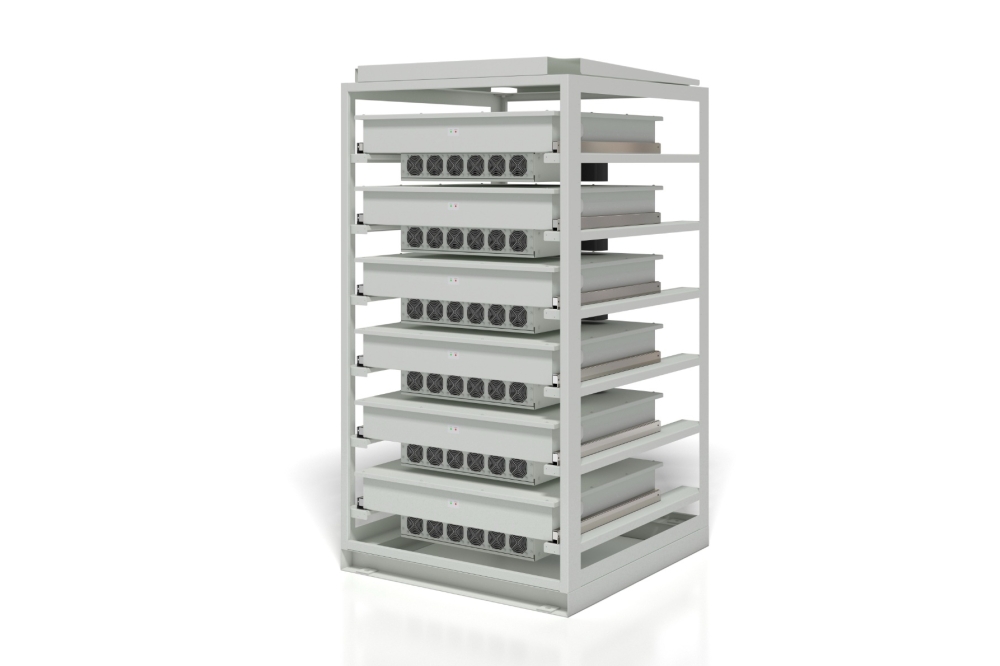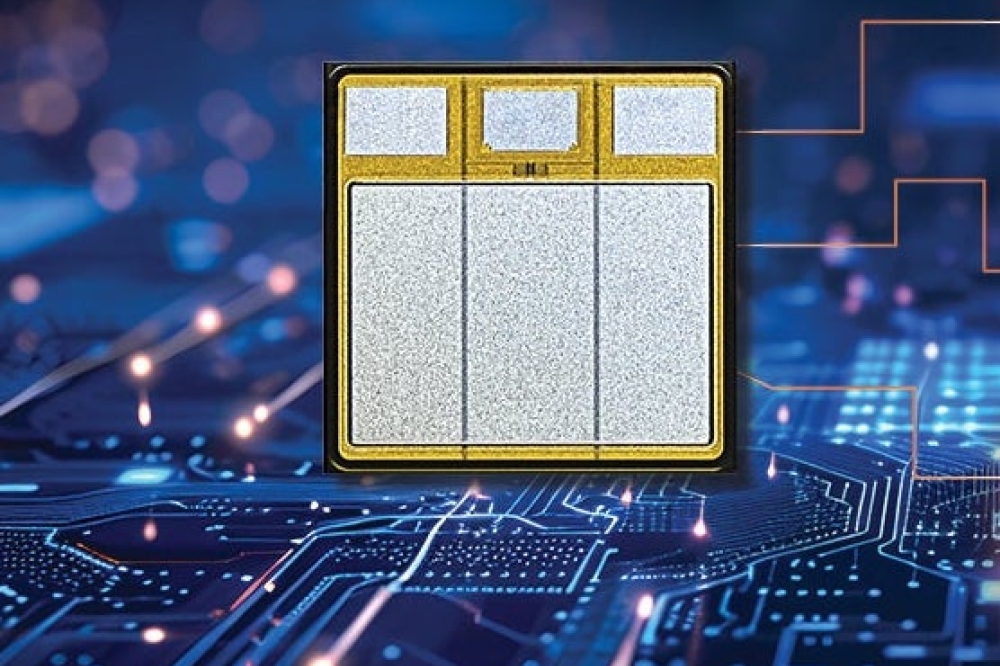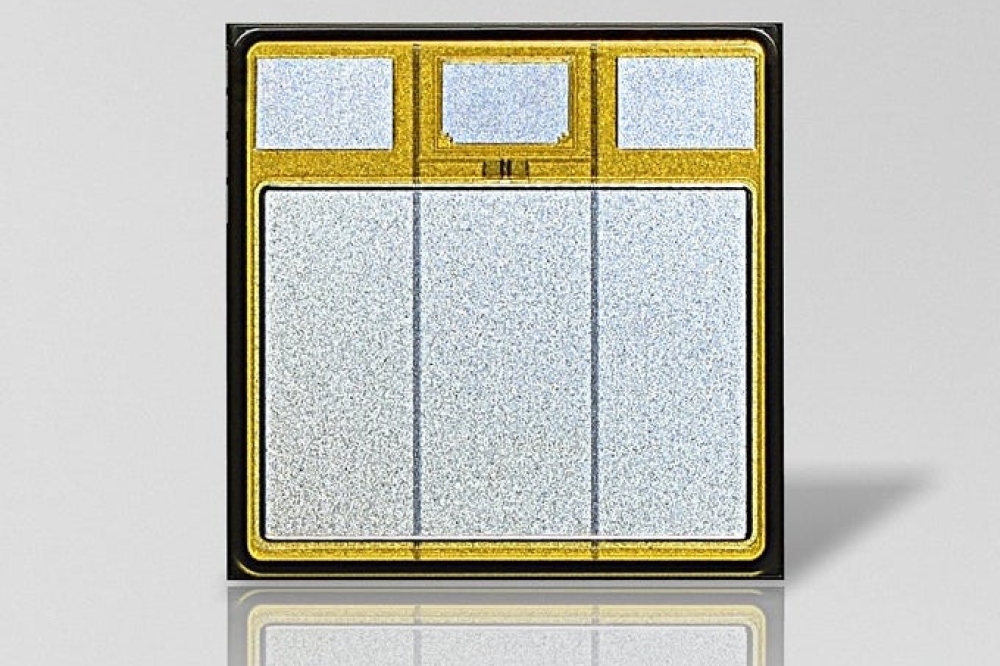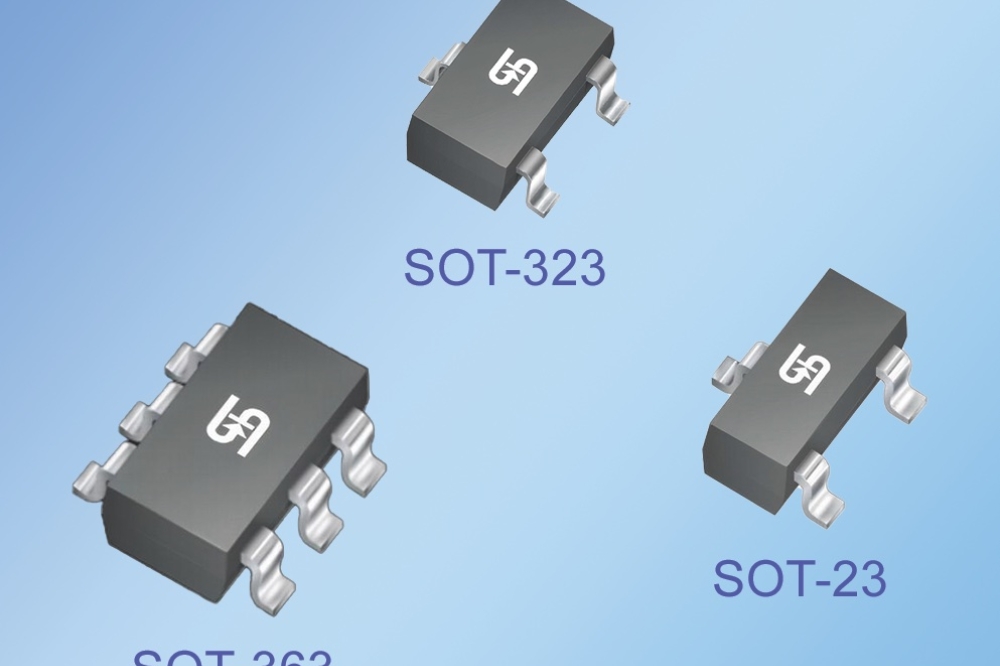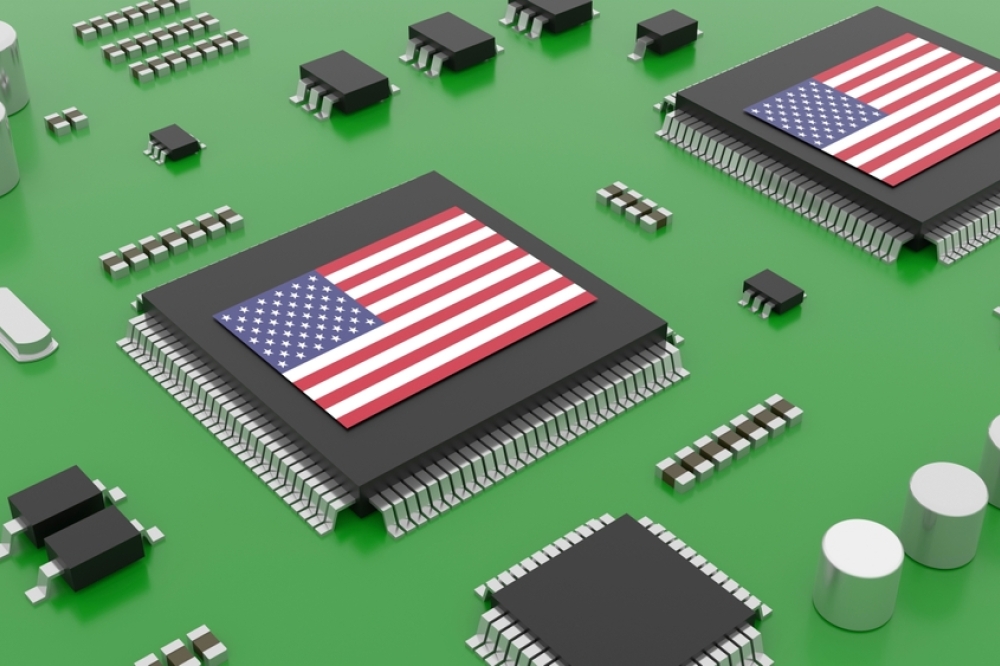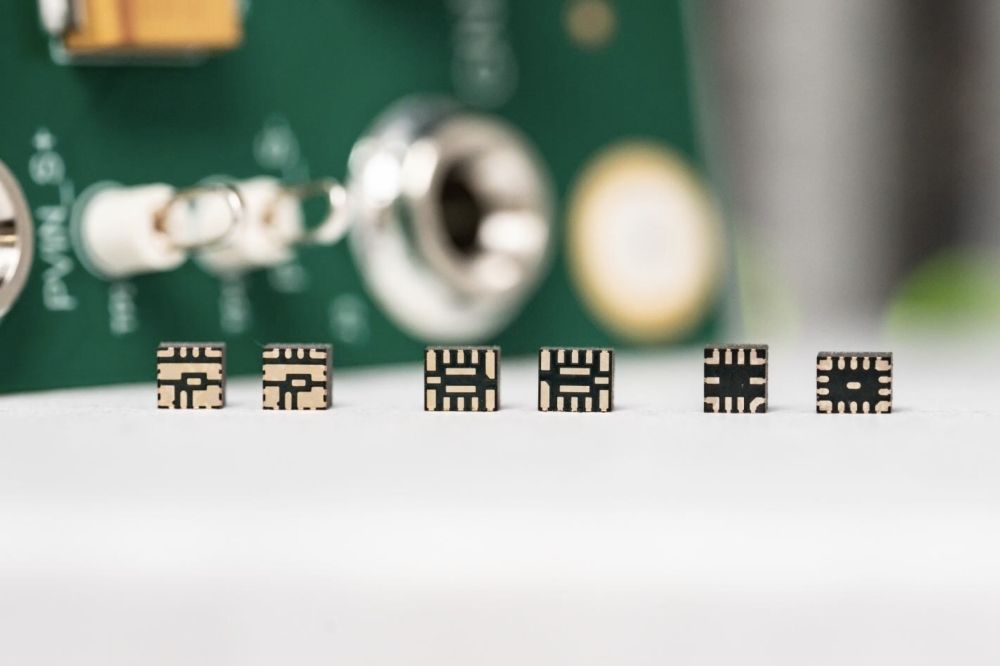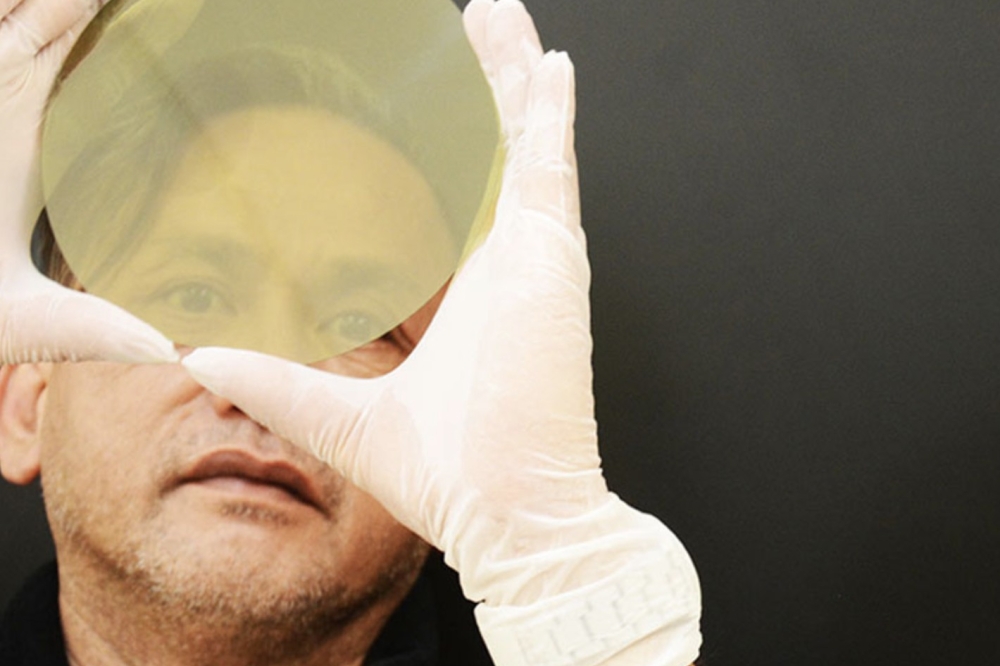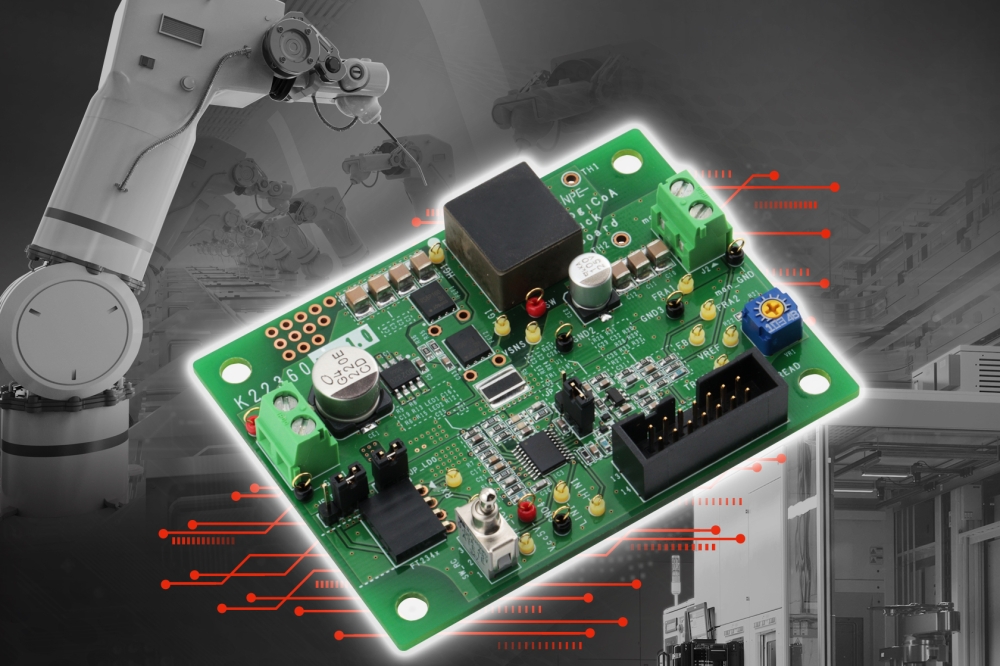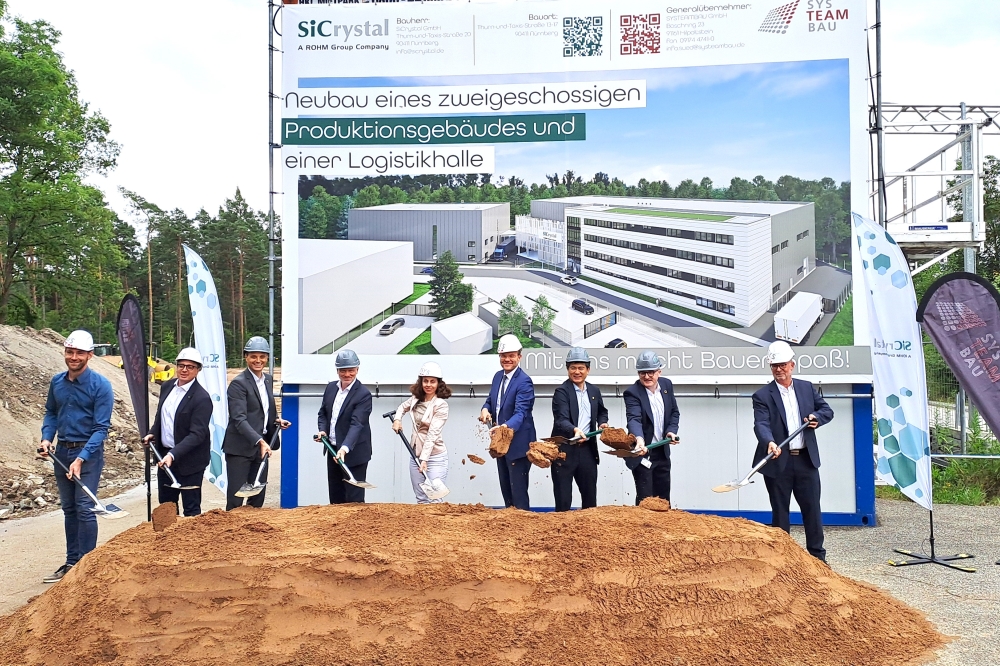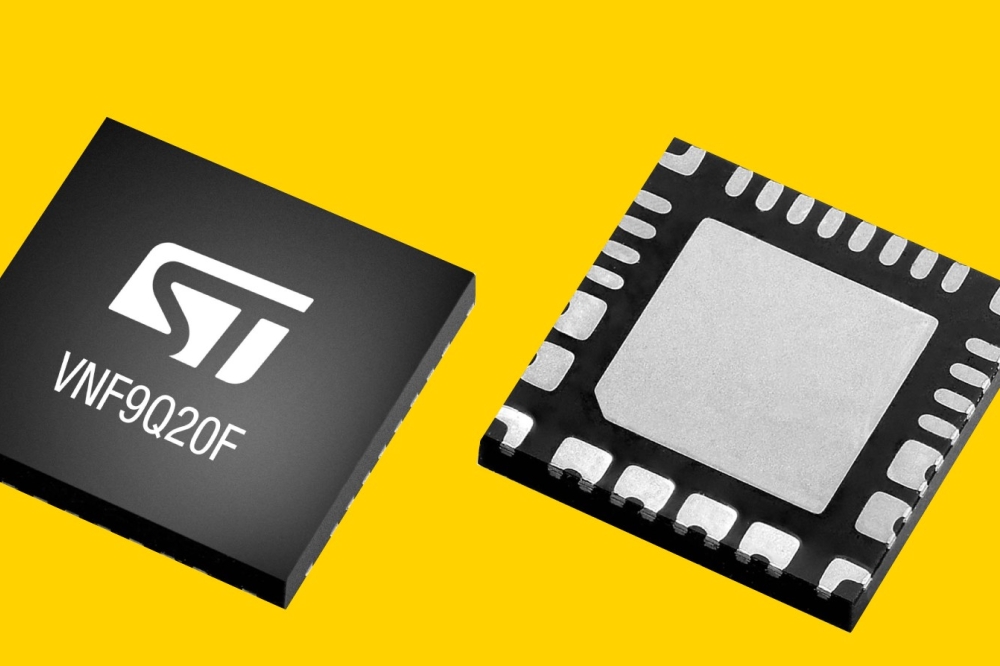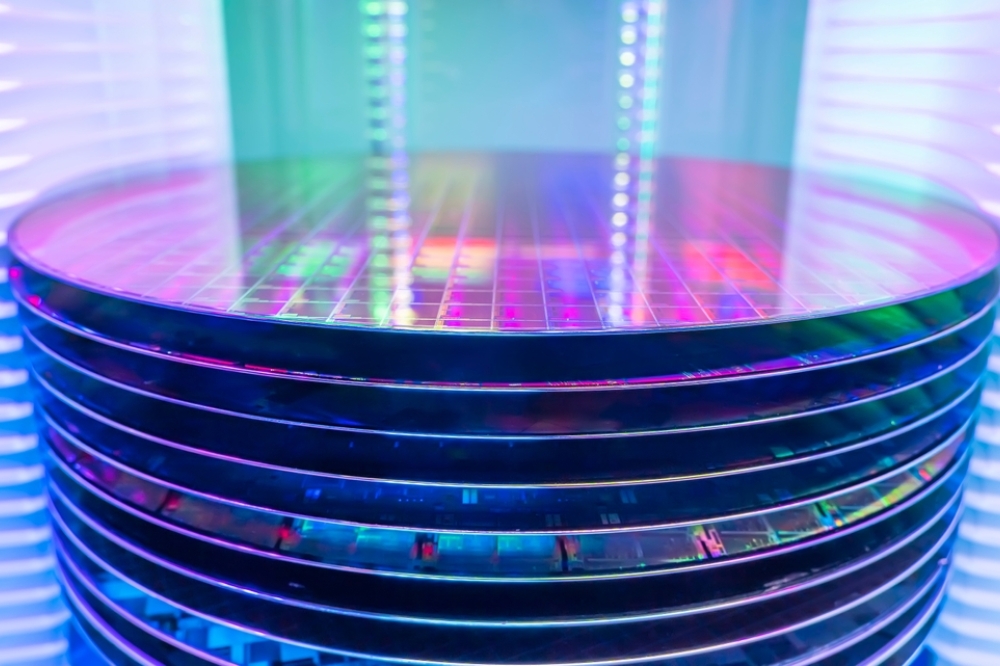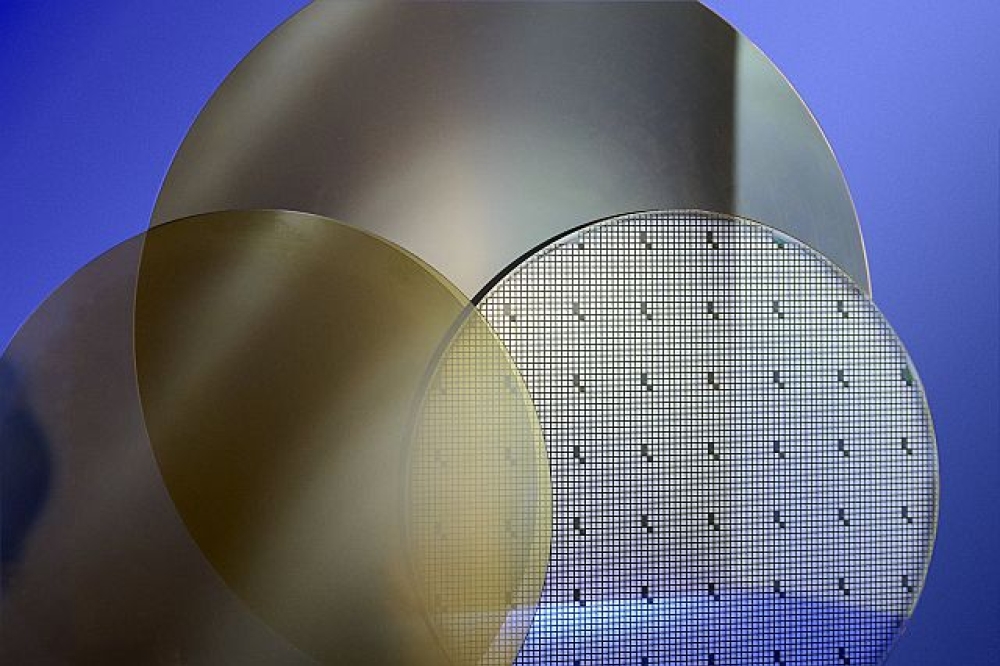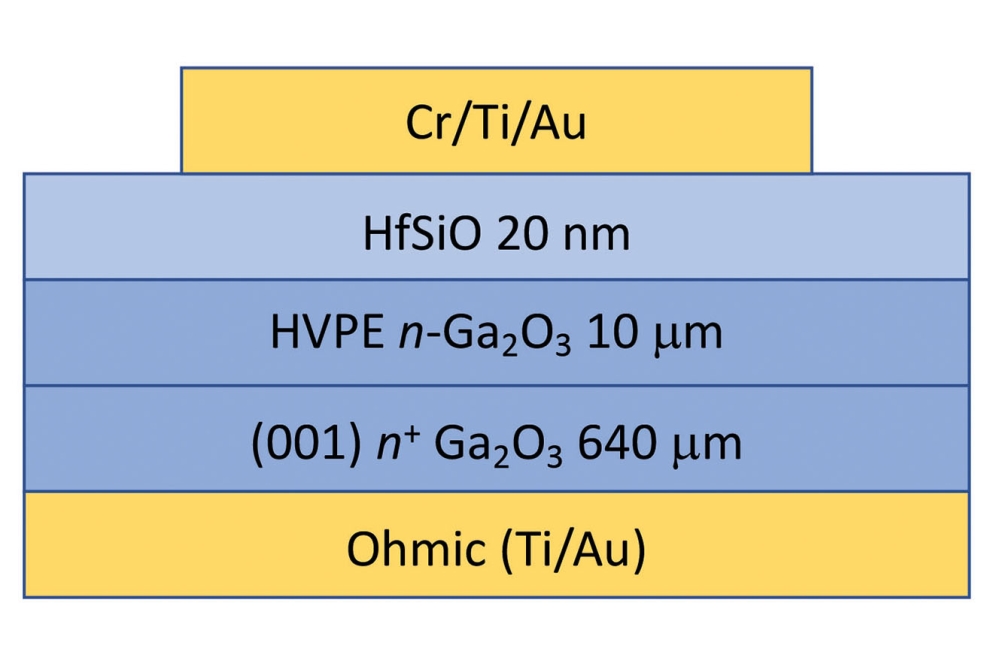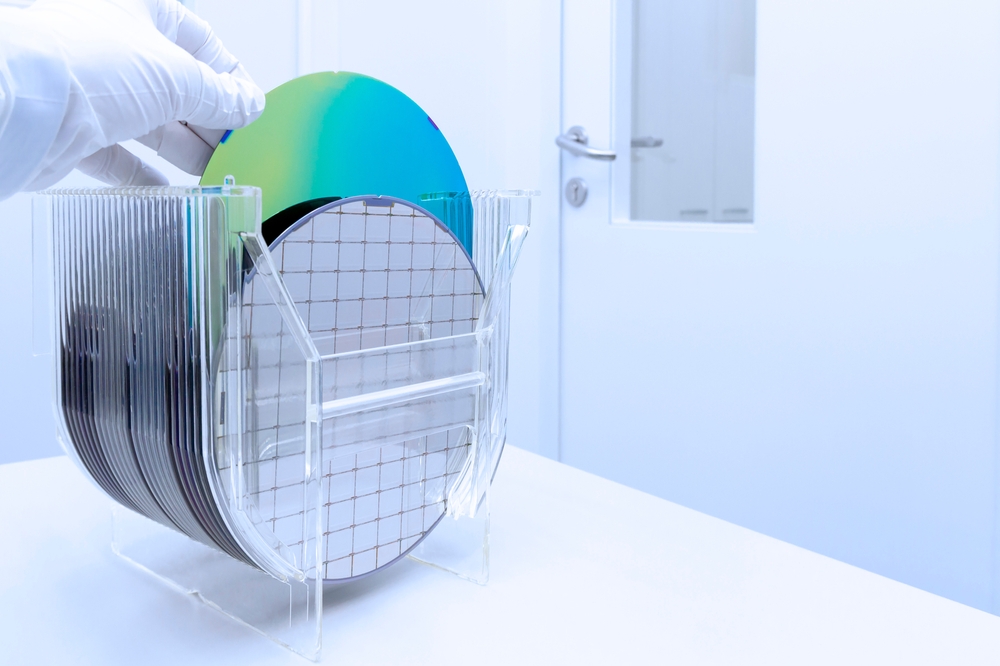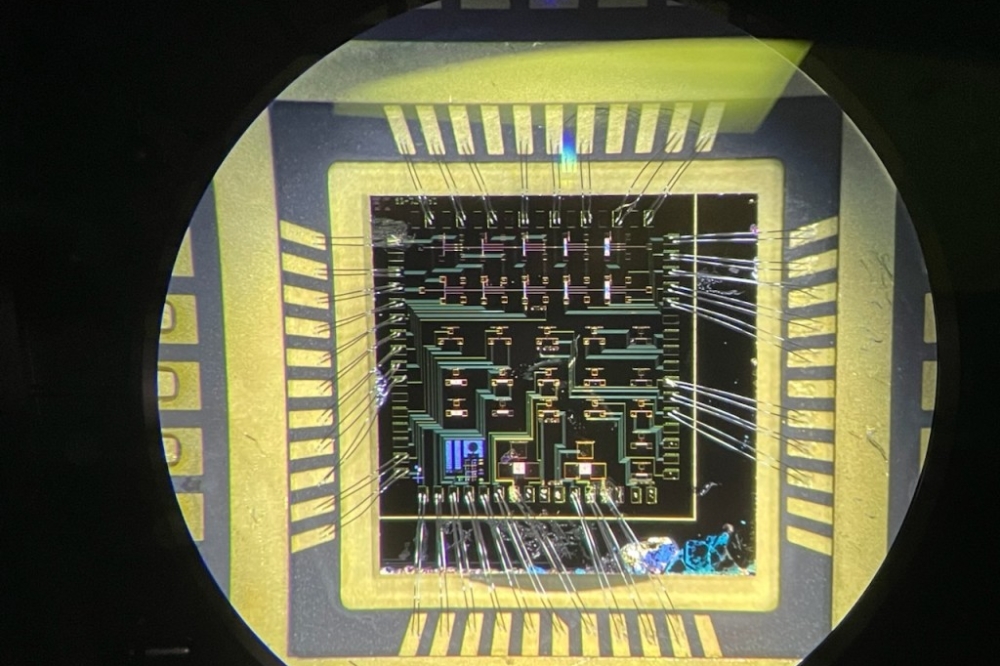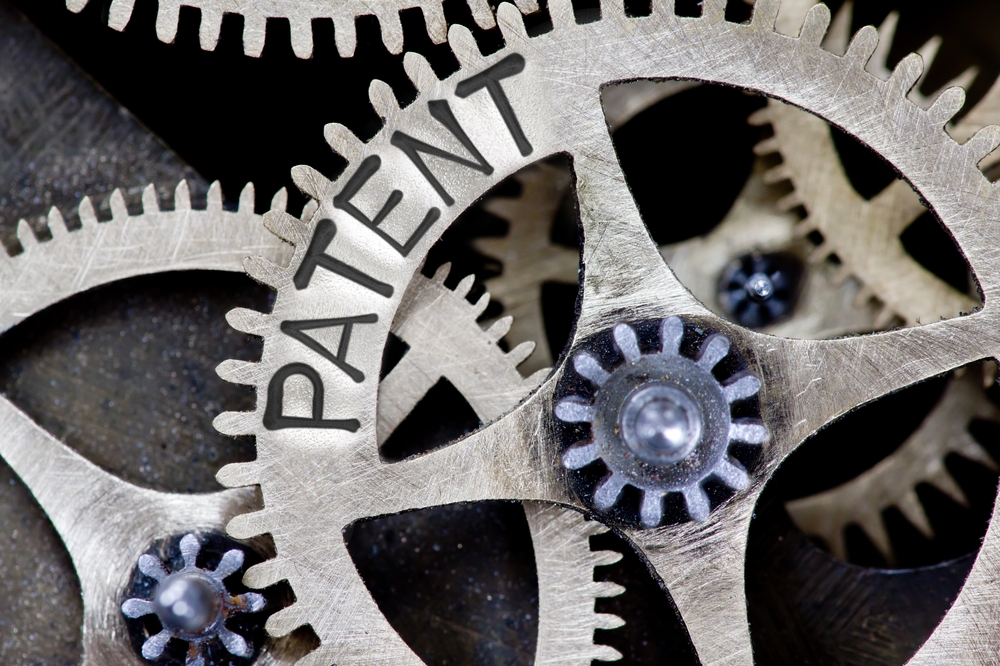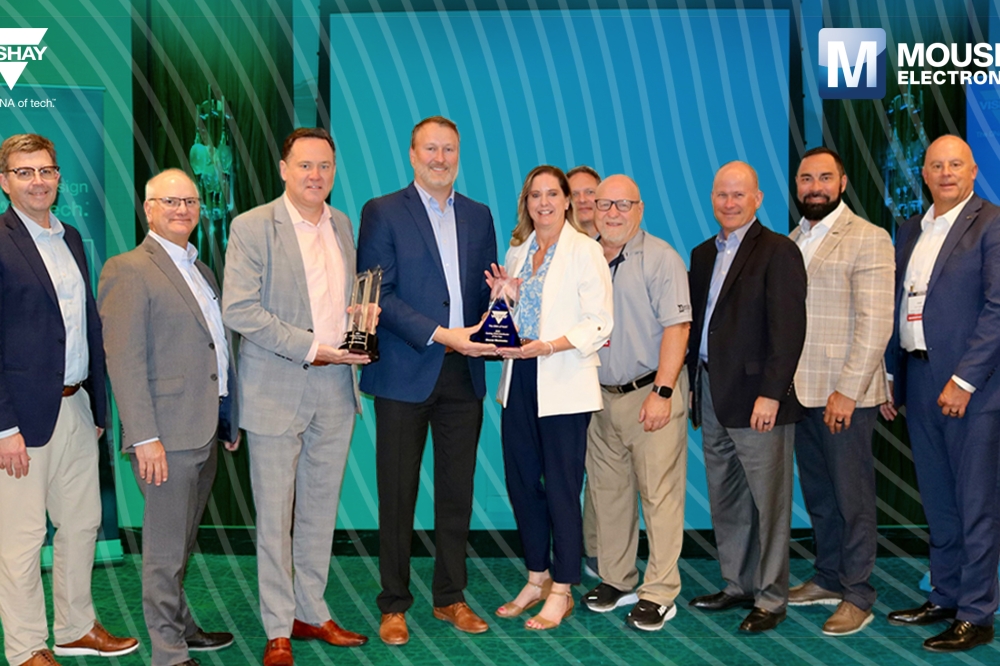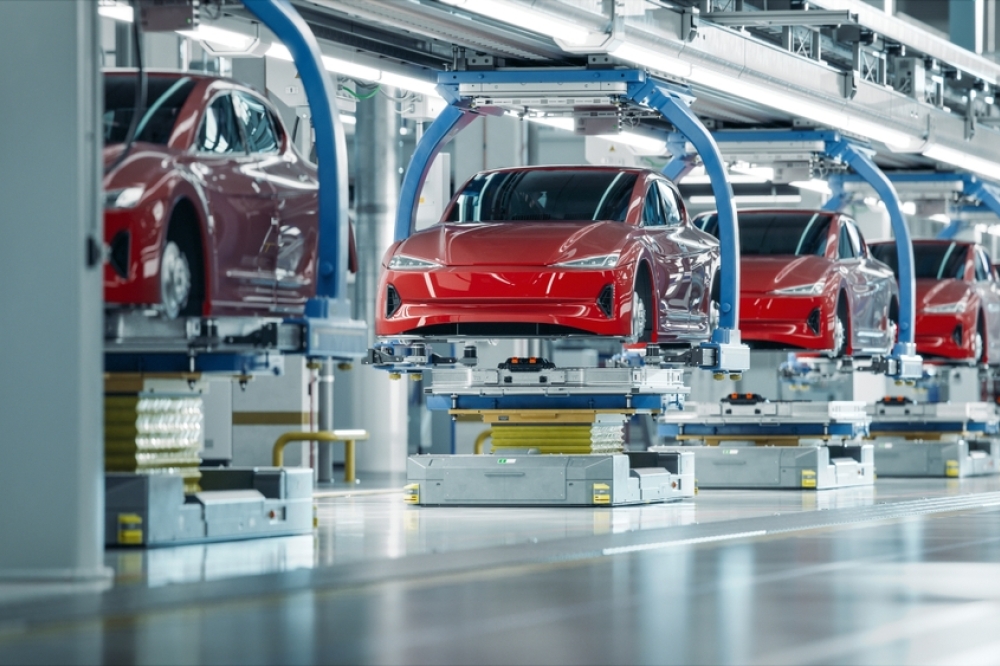University of Buffalo awarded $1.25M for clean energy hub
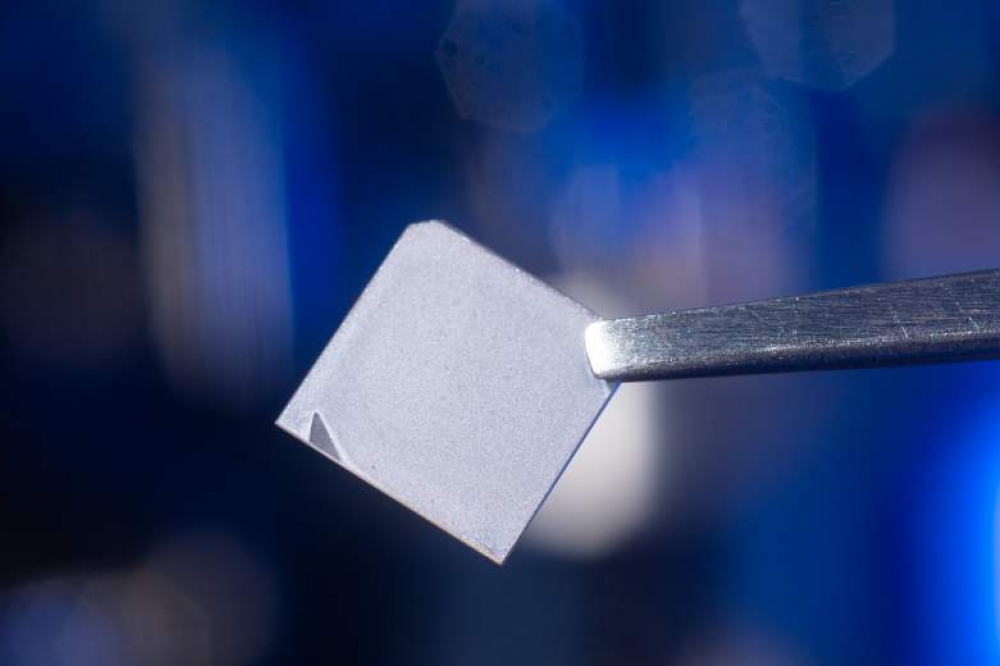
Project will tap UB’s expertise in materials science, advanced manufacturing, AI and more
University at Buffalo researchers and partner organisations will create a clean energy research hub advance with thanks to a $1.25 million grant from the US National Institute of Standards and Technology (NIST).
UB will use the award to establish a research centre that taps into the university’s expertise in materials science, advanced manufacturing, artificial intelligence and other fields.
The centre will build on partnerships with IBM, Linde, National Fuel and other firms – all in an effort to discover new materials that support upstate New York’s transition to an economy focused on clean energy, semiconductor research and manufacturing, AI and other industries.
The centre for Accelerated Innovation through Materials (AIM) will be led by Krishna Rajan, ScD, Erich Bloch Chair of the UB Department of Materials Design and Innovation.
“With this funding, UB will establish a materials science research hub that connects industry, educational, workforce and community partners to state-of-the-art equipment and faculty expertise that accelerates the transition of cutting-edge technology into goods and services that benefit the American people,” says Rajan, who is a SUNY Distinguished Professor and SUNY Empire Innovation Professor.
UB will use the grant to purchase equipment – microscopes, spectrometers and more – to study in real-time the behaviour of materials when exposed to gases and other environmental conditions. It will also fund the studies of graduate students, and support workforce training programs.
Initially, the centre will target several areas of research, including developing infrastructure for hydrogen-based fuels.
Another area of research will be microelectronics. The growing demand for computing power, including supercomputing facilities that support AI systems, is taxing the nation’s energy grid. AIM researchers will explore new materials for chips and other electronic components that more efficiently use electricity.
AIM also will work with the iron and steel industries, which account for 7 percent of the world’s greenhouse gas emissions, according to the Department of Energy.
The centre will also study use AI and high-performance computing – specifically the fields of computational chemistry and materials informatics – to sleuth for eco-friendly materials to be used in solar cells.
A unique aspect of AIM, Rajan says, is that it integrates its experimental infrastructure with materials informatics, AI and high-performance computing to accelerate innovation in discovery and design of materials to establish a clean energy economy.


